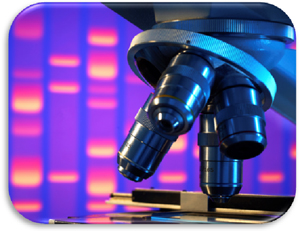Strategic Planning Phase 2 Activities
The Common Fund is conducting Phase 2 planning activities centered around concepts identified through the 2012 Strategic Planning Process. Two concepts are being developed into programs for implementation in FY 2013, pending availability of funds.
Read more about these programs:
Phase 2 planning activities are ongoing for Illuminating the Druggable Genome and Big Data to Knowledge (BD2K) for possible implementation in FY 2014. The scope and focus of these potential programs, as well as the timeline for implementation, may change based on emerging scientific opportunities, identified needs of the community, and availability of funds.

Illuminating the Druggable Genome
The vast majority of drugs target proteins in one of four protein classes: G-protein coupled receptors (GPCRs), nuclear hormone receptors, ion channels, or kinases. However, hundreds of human proteins in these groups are completely uncharacterized, and are therefore referred to as “orphan” proteins. Planning activities for this topic will consider the opportunities to characterize these genes as a large group, rather than the “one at a time” approach that might otherwise be undertaken. What data would be most helpful to understand the function of these genes in health and disease, and how might investments through the Common Fund enable the collection of these data? The functional information generated by a Common Fund program in this area would enable the identification of small molecule drugs that target proteins which have a role in disease-relevant processes.

Big Data to Knowledge (BD2K)
As biomedical tools and technologies rapidly improve, researchers are faced with an avalanche of complex data. Based on recommendations from the Advisory Committee to the Director (ACD) Working Group on Data and Informatics, the NIH is investigating how strategic investment by the Common Fund could be leveraged, along with support from other NIH sources, to meet these opportunities and challenges. What standards and tools are needed for data sharing? What informatics methods will need to be developed to analyze the wealth of data? How do we best train the next generation of scientists in relevant disciplines, such as bioinformatics, biostatistics, and clinical informatics?
Up to Top